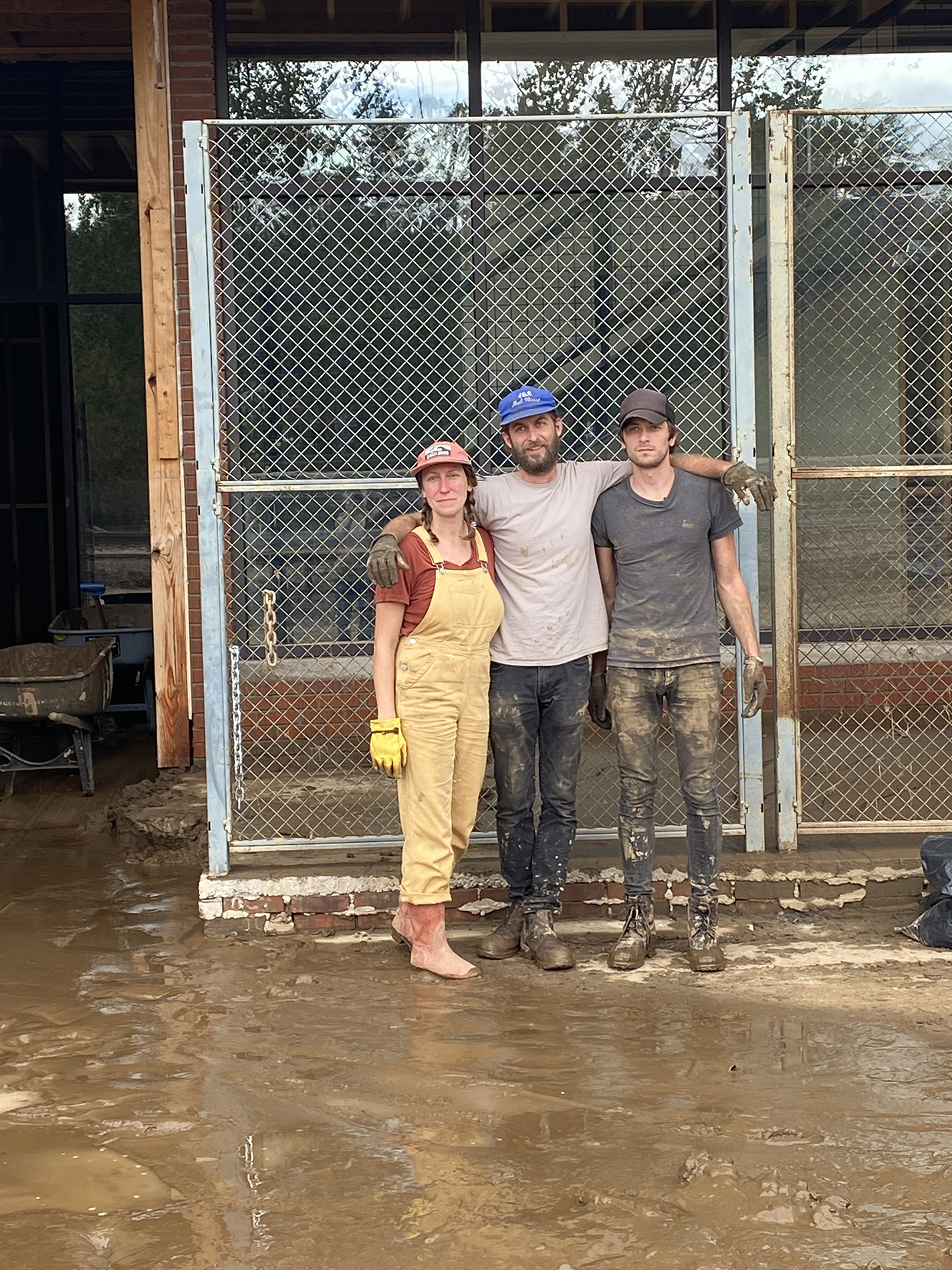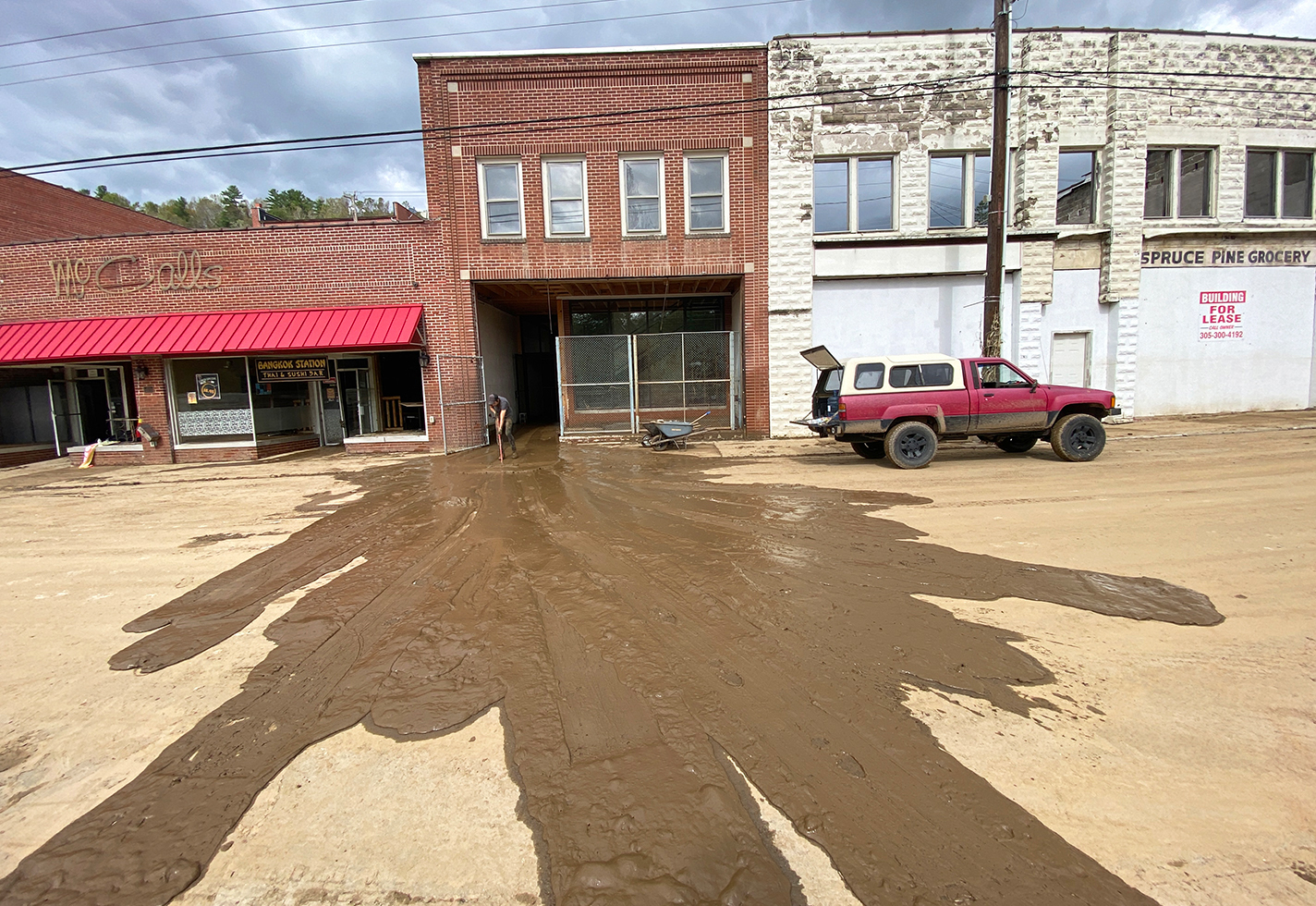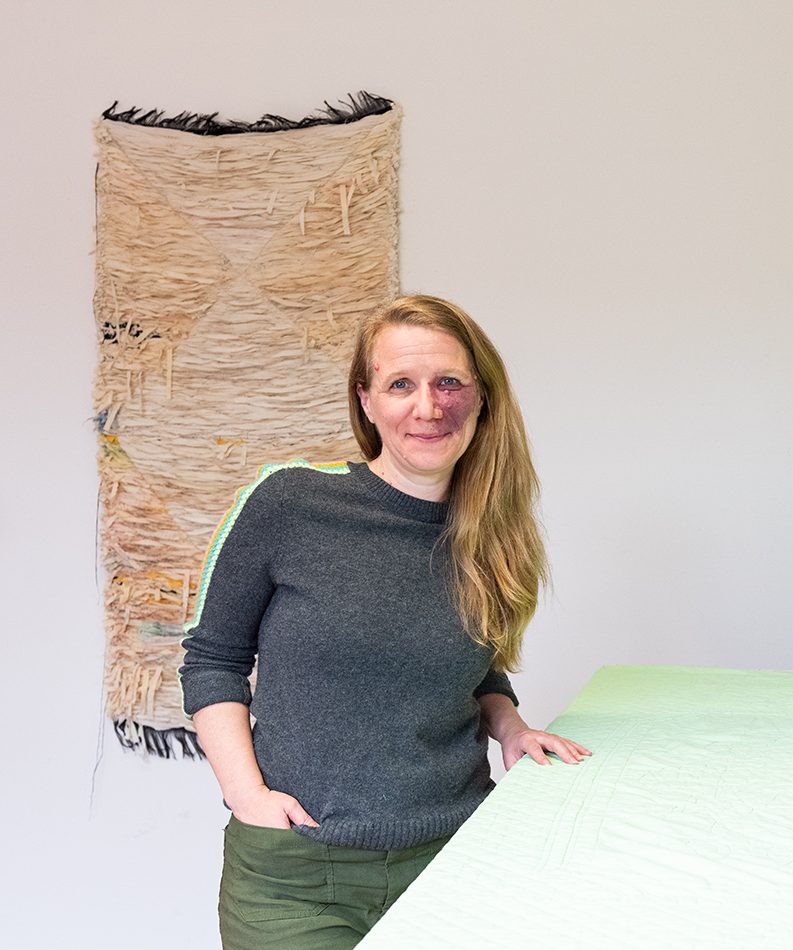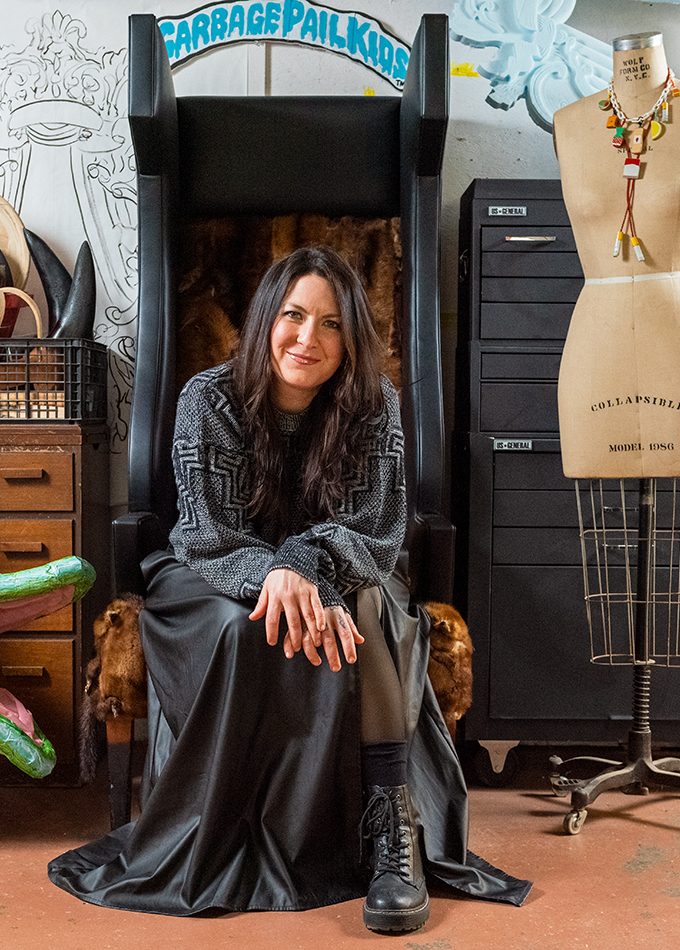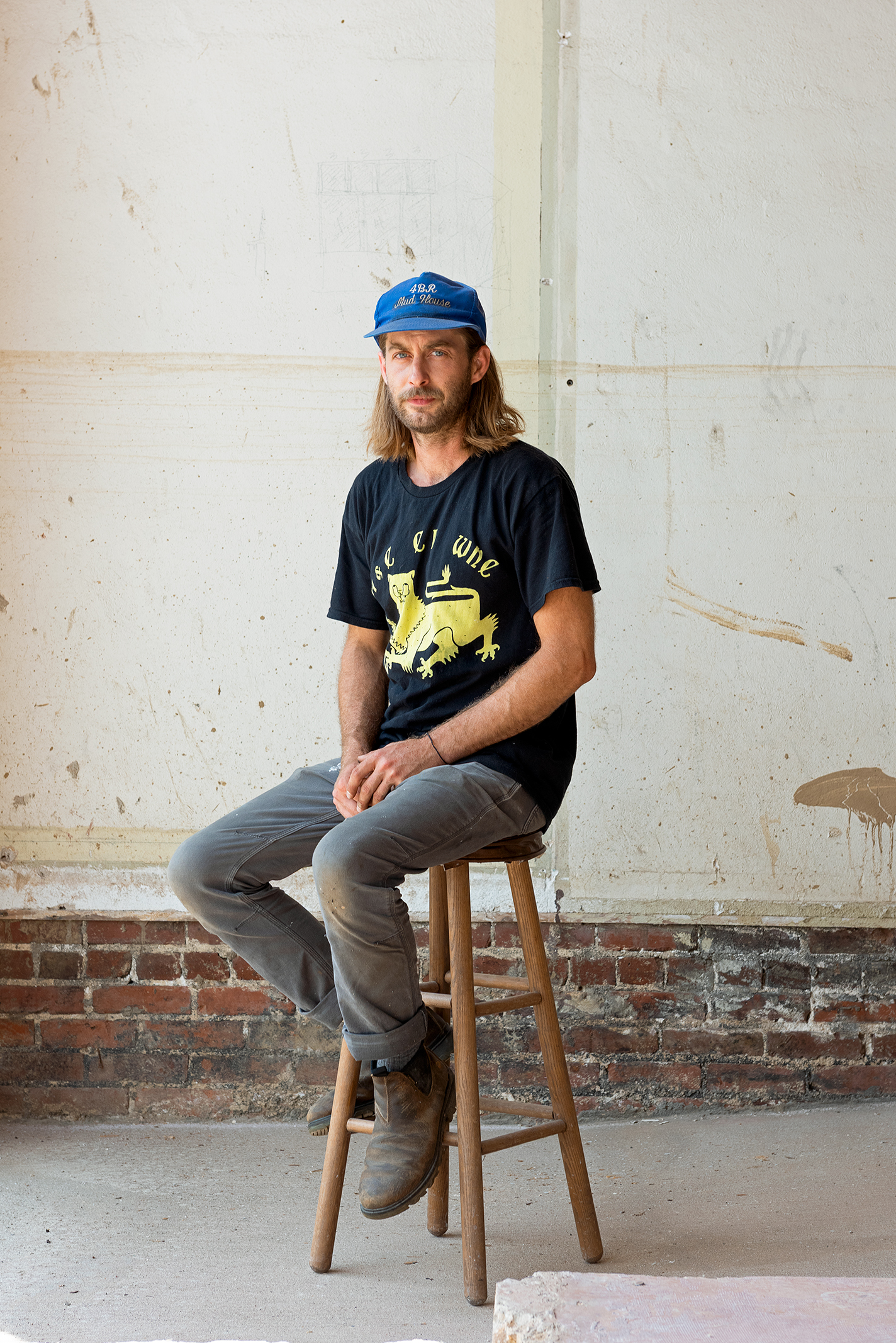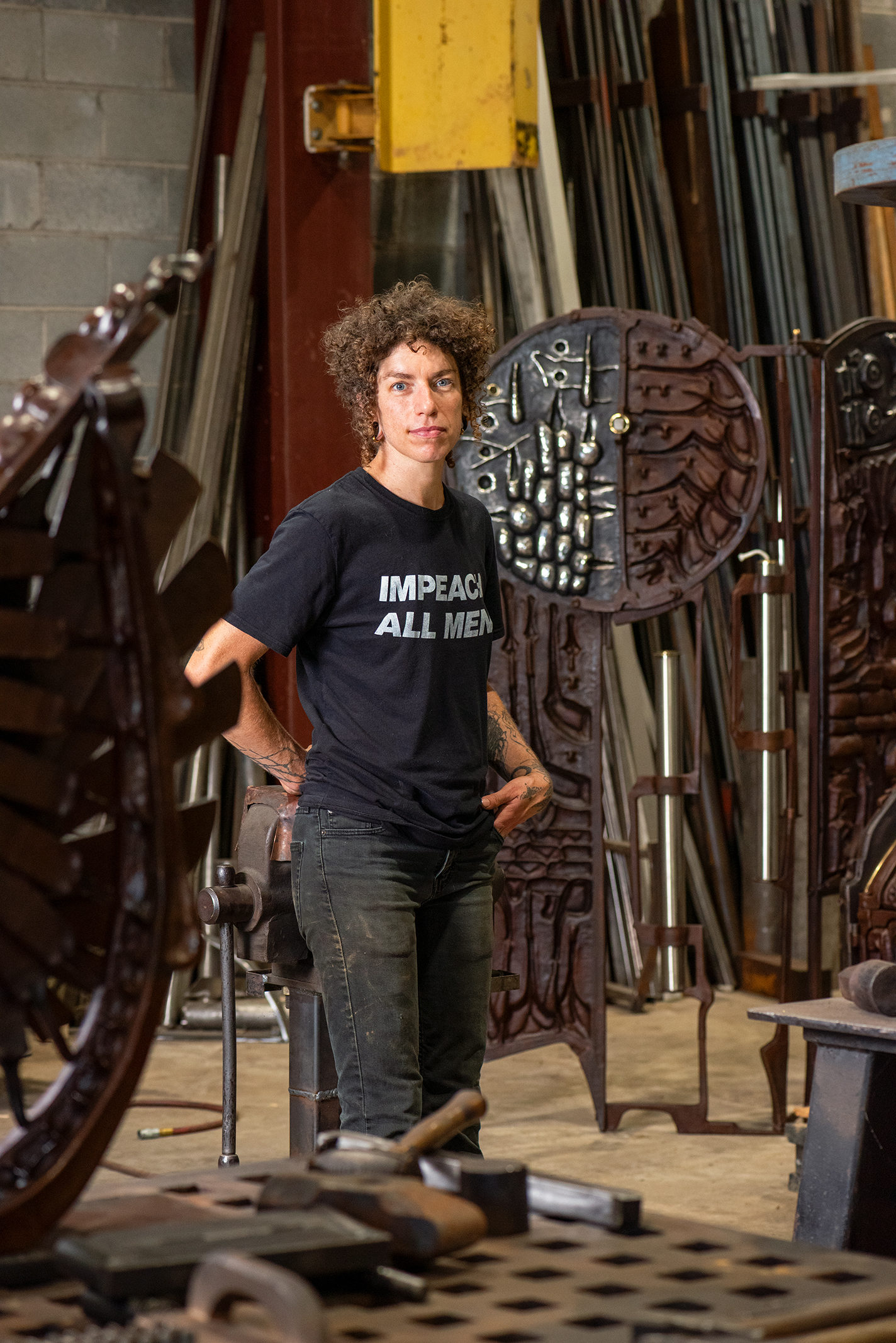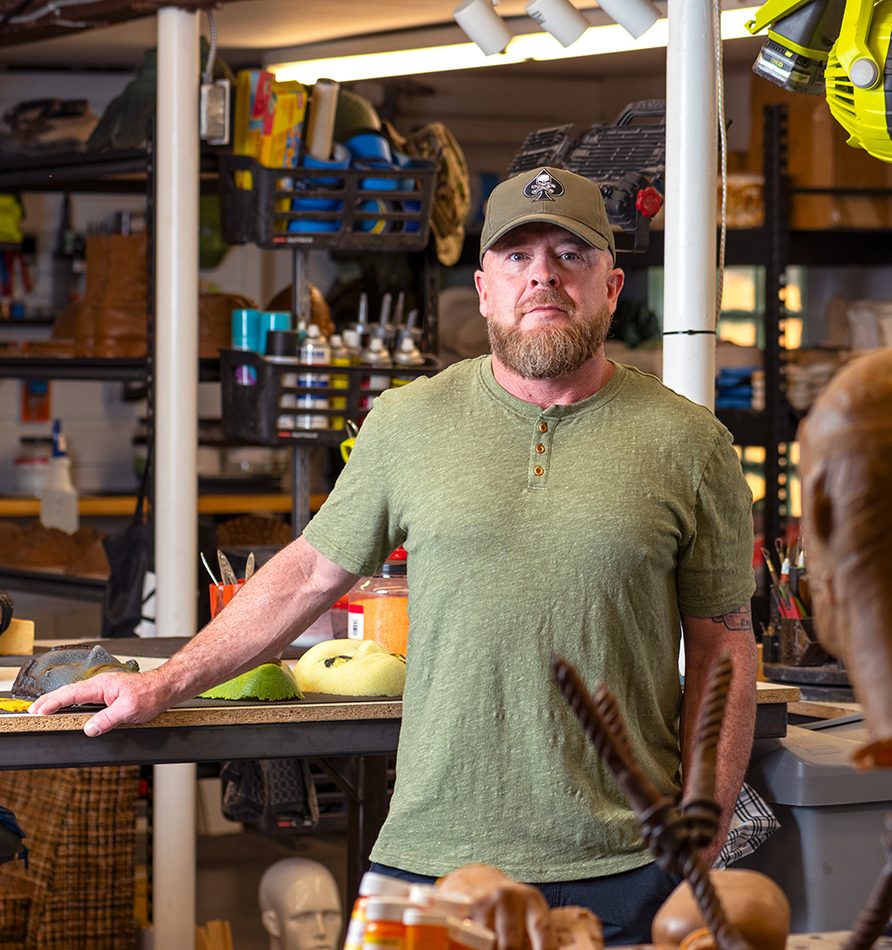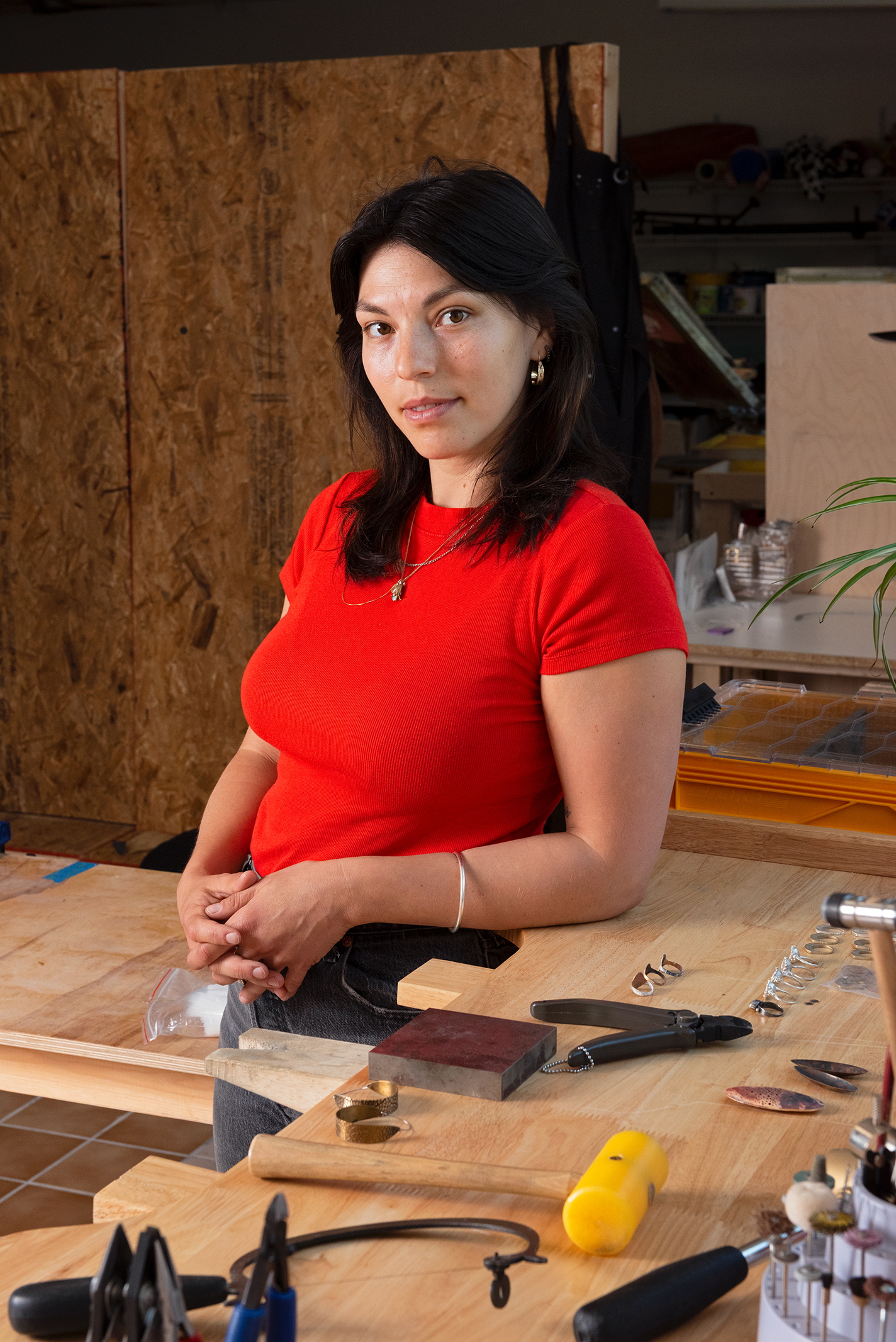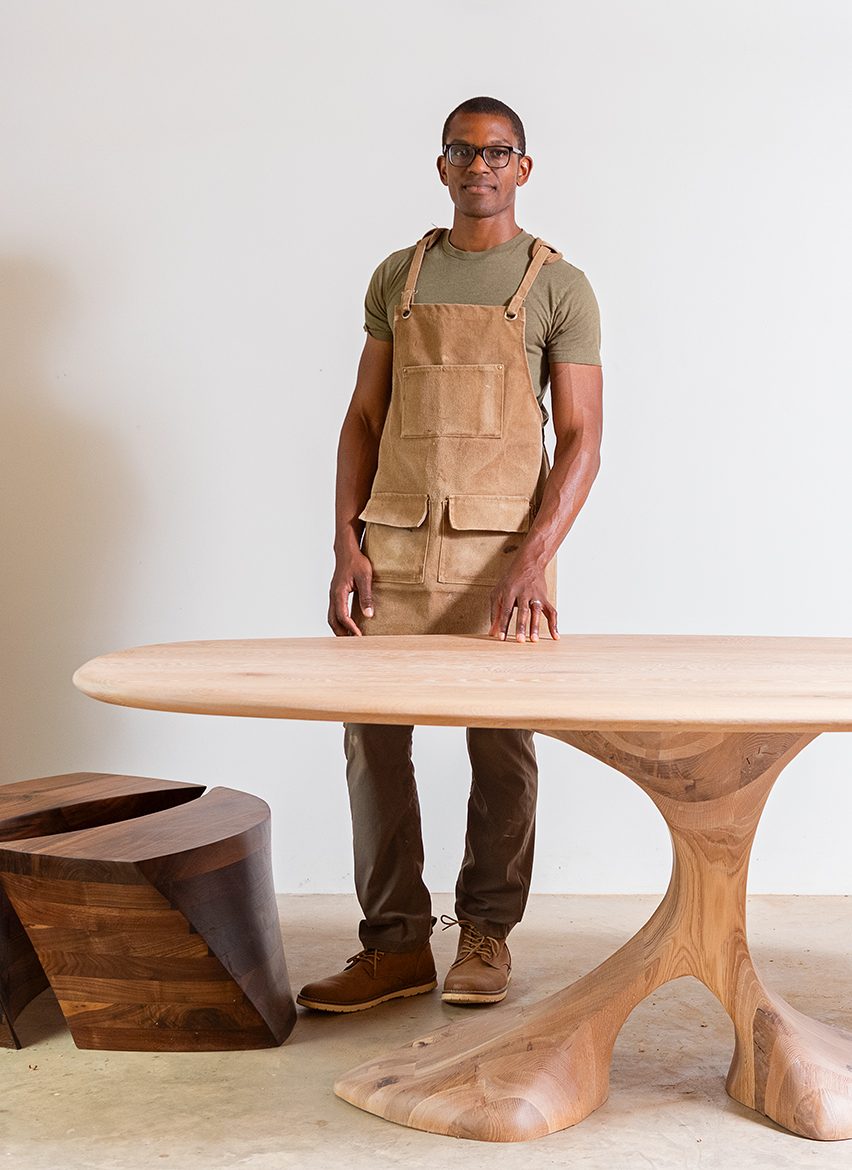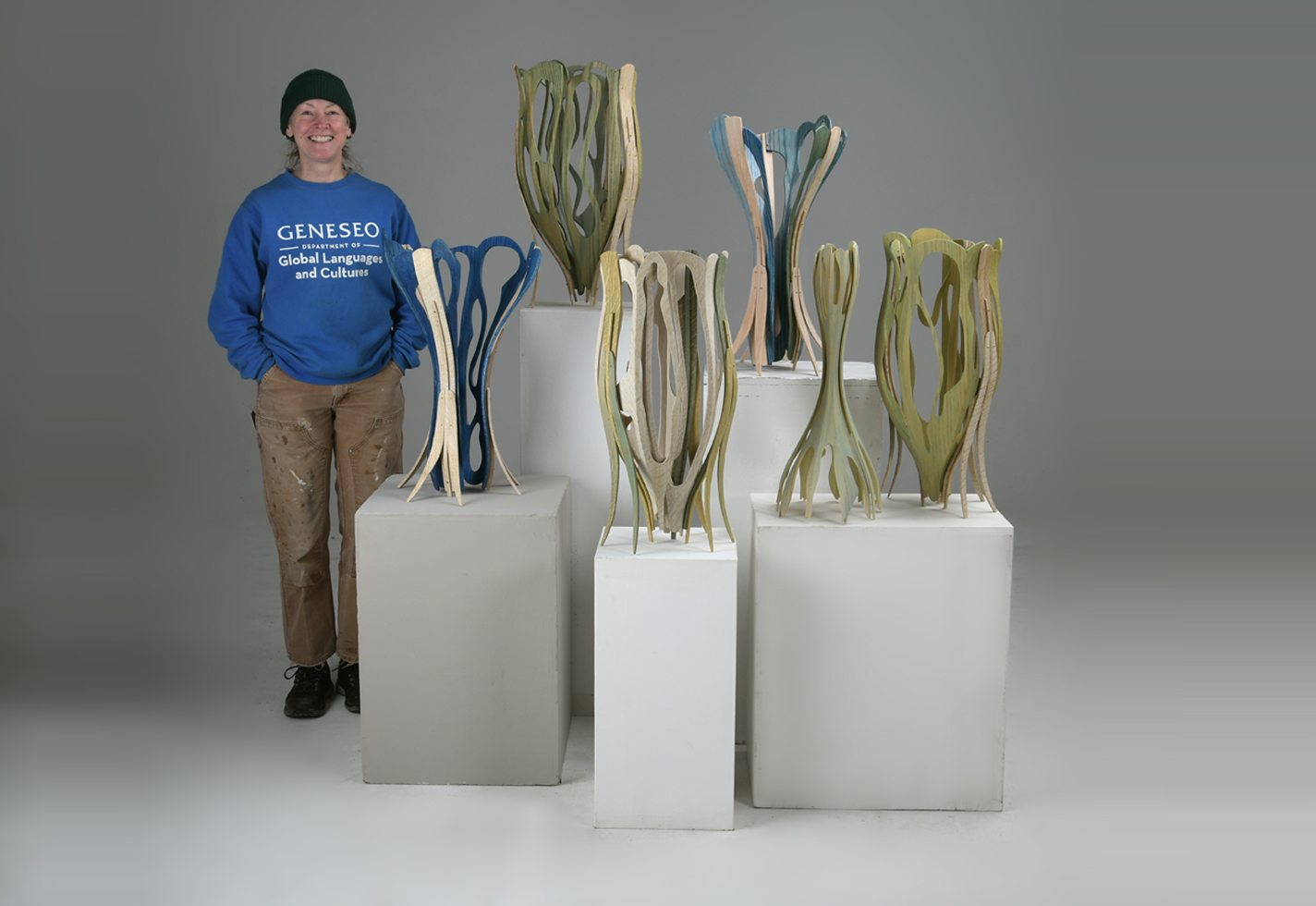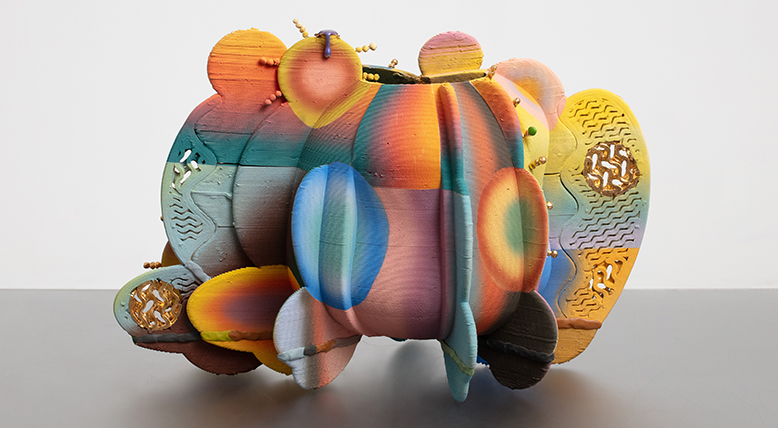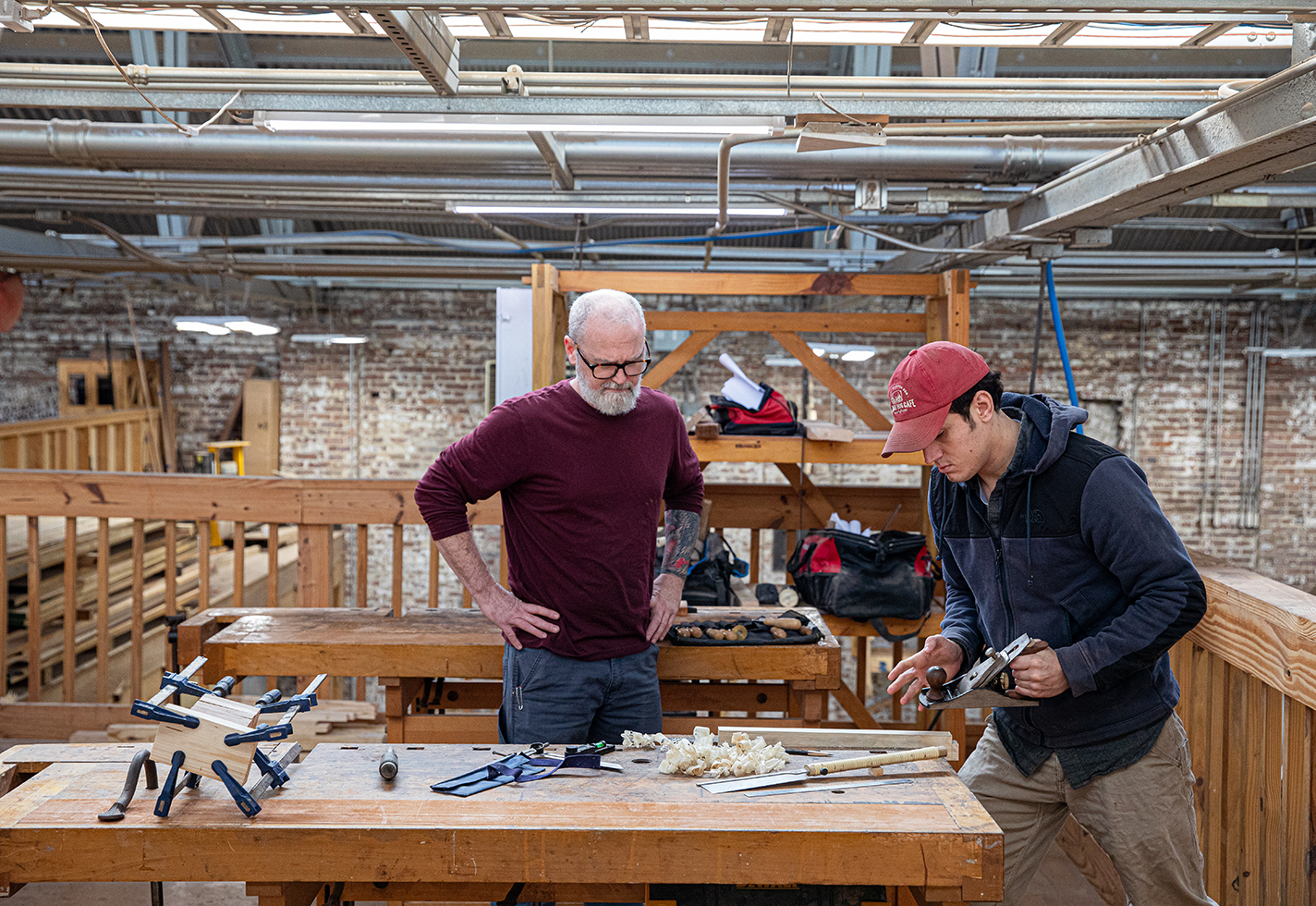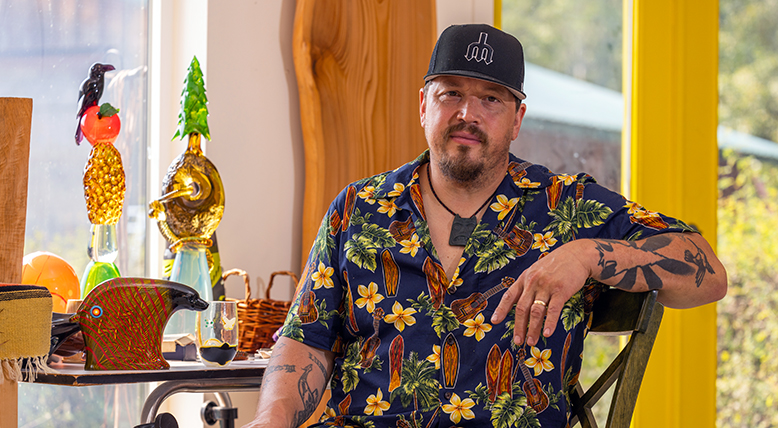Instantaneous access to an insatiable, 24-hour news media means we’re never more than a few clicks away from a pivotal crisis or sugary bit of gossip.
Artificial intelligence in the workplace. Fires in California. Celebrities in court. Floods in Texas. The headlines pile up persistently as we endeavor to live our lives and pursue our passions. Is it any wonder, then, that we sometimes become distracted or overwhelmed and lose track of a particular storyline—no matter how impactful or urgent?
To those of us who didn’t live through the horror of Hurricane Helene, for example, one of the deadliest tropical storms to hit the US mainland in nearly 20 years may now seem a distant memory. But for the craftspeople living and creating in places like the Mountain Region of western North Carolina (WNC), it’s barely been a year—a long, taxing year marked by feelings of loss, existential uncertainty, and galvanizing bouts of hope.
The region’s storied educational institutions (Penland School of Craft, John C. Campbell Folk School, Haywood Community College), organizations (the Southern Highland Craft Guild, the Center for Craft, Qualla Arts and Crafts Mutual, Inc.), and countless other foundations, civic groups, craftspeople, and their patrons stepped up immediately after the storm with economic aid and moral support—and they haven’t stopped. Six of the seven makers featured on the following pages, for instance, are part of a 40-person WNC Craft Futures Cohort at the Center for Craft that was awarded a total of $600,000 and spent the summer in a peer-to-peer support network. And that’s just a drop in the bailing bucket.
A generation’s worth of work and an estimated $50 billion is still required to restore WNC. In the meantime, local artists and makers are returning to their online shops and exhibition spaces, and hoping craft lovers the world over do the same. “Our doors are open!” exclaims Asheville-based jeweler Laura Lau Klein, who hopes readers of American Craft will spread the word. “People are welcome to come back and visit.”
Lau Klein also stresses that those who can afford it should donate to organizations like the Craft Emergency Relief Fund (CERF+), which provides emergency support to craft artists. And everyone you’ll meet here says they agreed to revisit September 27, 2024, and its aftermath—no small or easy thing—in hopes that, no matter what’s spinning in the news cycle, Hurricane Helene doesn’t fade from our collective consciousness.
